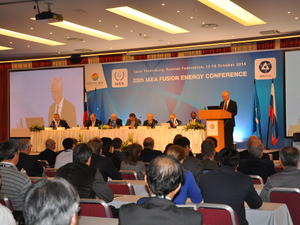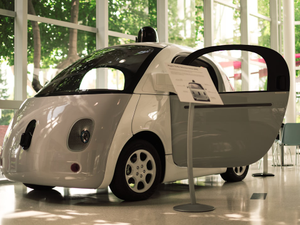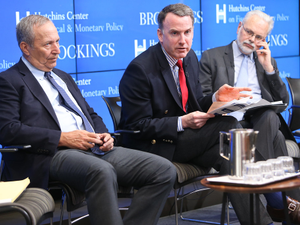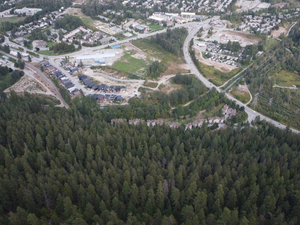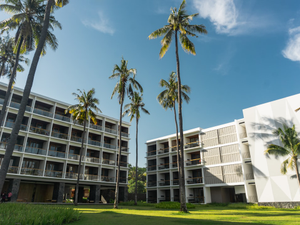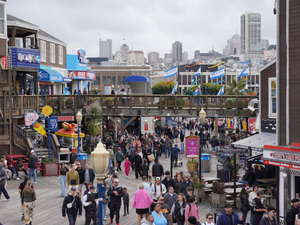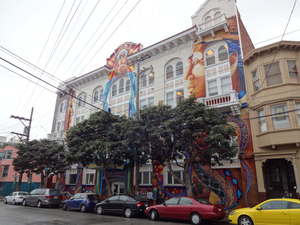How San Francisco's Trains Are Turning Braking into Clean Energy Savings
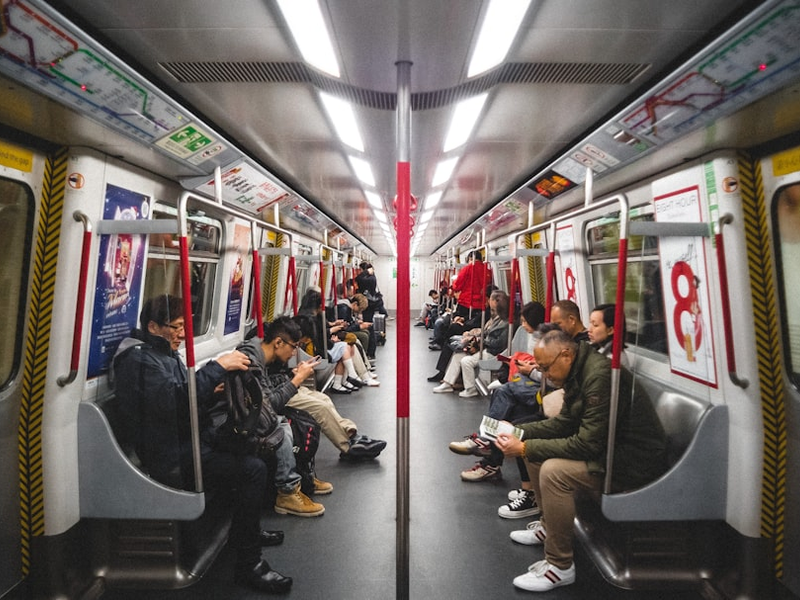
Photo by JC Gellidon on Unsplash
Imagine a world where public transit doesn’t just consume energy, but actually generates it. That’s exactly what Caltrain is doing with its new electric locomotives, leveraging a surprisingly old technology to revolutionize how we think about transportation efficiency.
The secret lies in regenerative braking, an innovation dating back to 1886 that allows trains to convert kinetic energy from slowing down into electricity. By sending this recaptured power back into the electrical grid, Caltrain is poised to save approximately $1 million annually while simultaneously reducing carbon emissions.
Two local clean energy providers, Peninsula Clean Energy and San Jose Clean Energy, have partnered with Caltrain to recognize and compensate this innovative approach. The electricity producers will credit Caltrain for the energy returned to the grid, transforming transportation infrastructure into a renewable energy generator.
Executive Director Michelle Bouchard celebrated this milestone, noting it’s the first time in 161 years that Caltrain has operated on 100% renewable energy. The numbers are impressive: the regenerative braking system produces over 17,000 megawatt hours annually, which could potentially power around 2,300 Bay Area homes.
This breakthrough isn’t just about cost savings. It represents a significant step towards more sustainable urban transit. By turning a century-old technological concept into a modern solution, Caltrain is demonstrating how creative thinking can address climate challenges.
Assemblymember Diane Papan is further supporting this initiative by introducing legislation that could increase Caltrain’s compensation for renewable energy generation by 20%. Her bill acknowledges the critical role public transit plays in creating a greener future.
As the Bay Area continues to lead in technological and environmental innovation, Caltrain’s regenerative braking system stands as a powerful example of how smart infrastructure can contribute to broader sustainability goals.
AUTHOR: mls
SOURCE: Local News Matters



